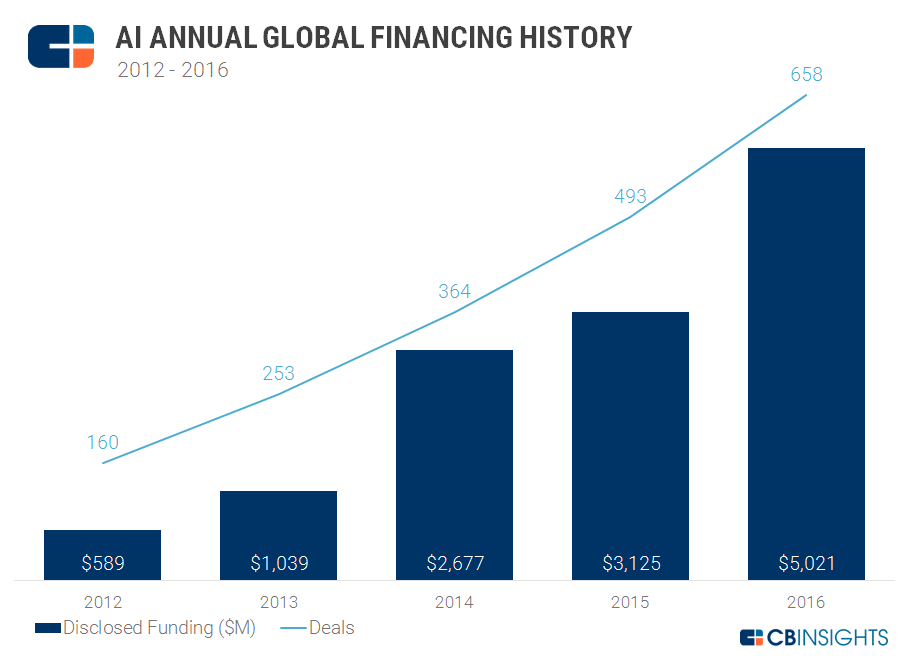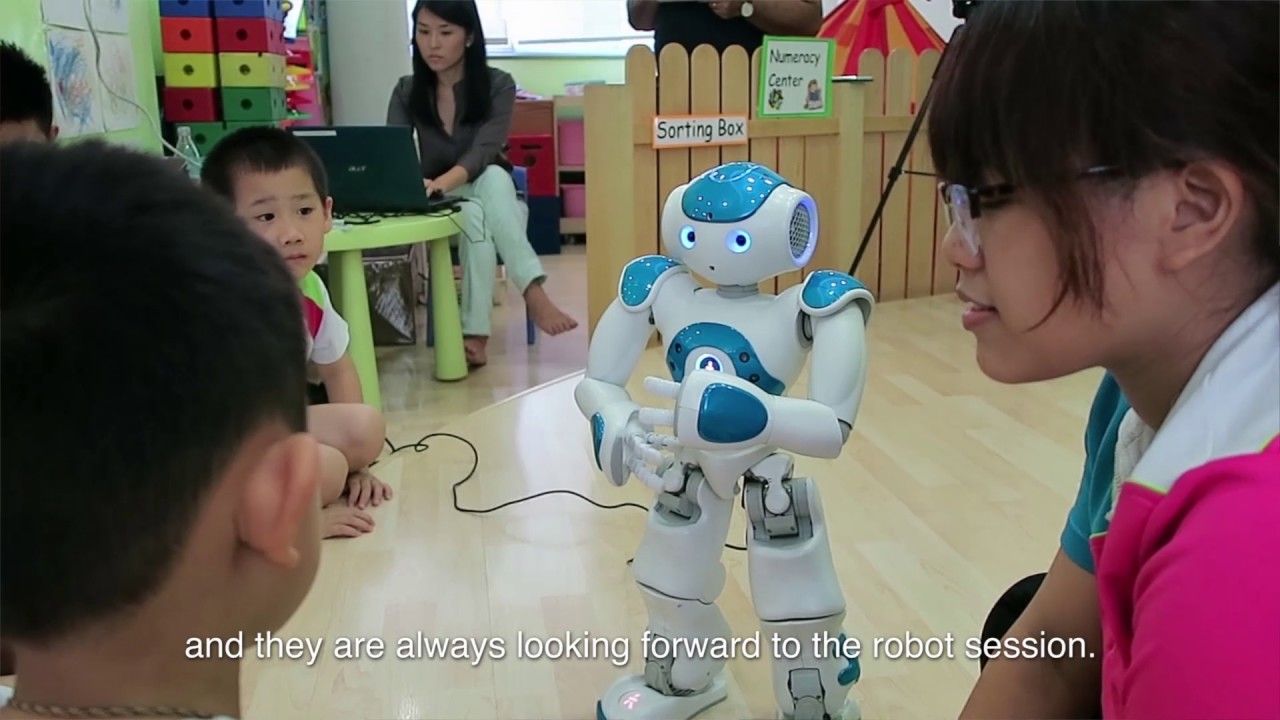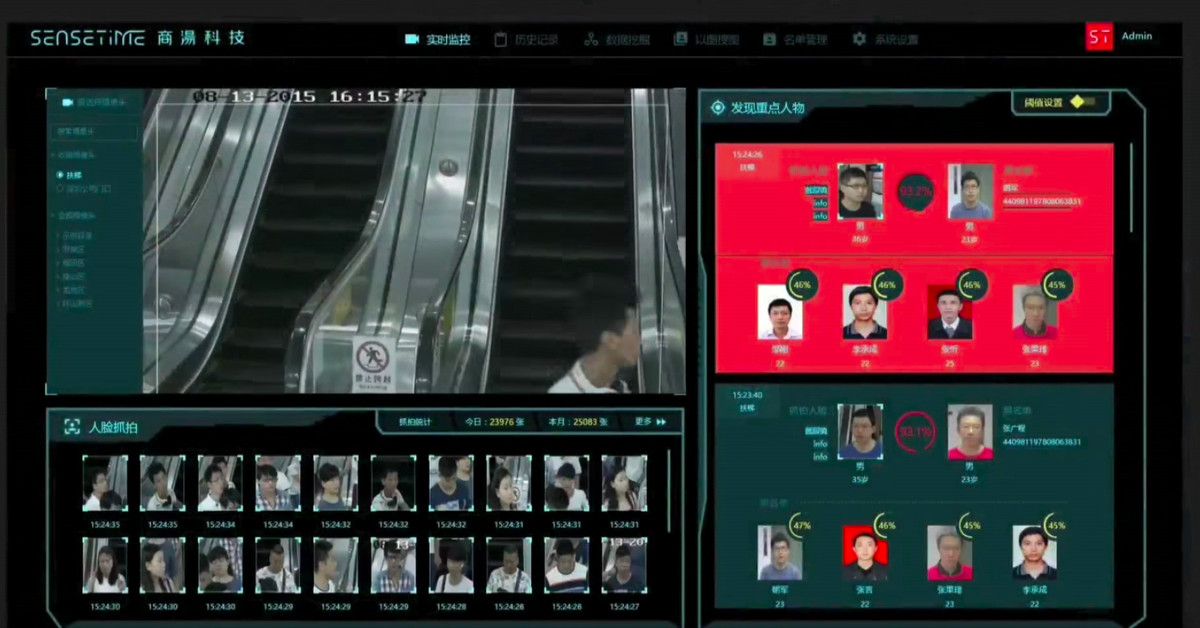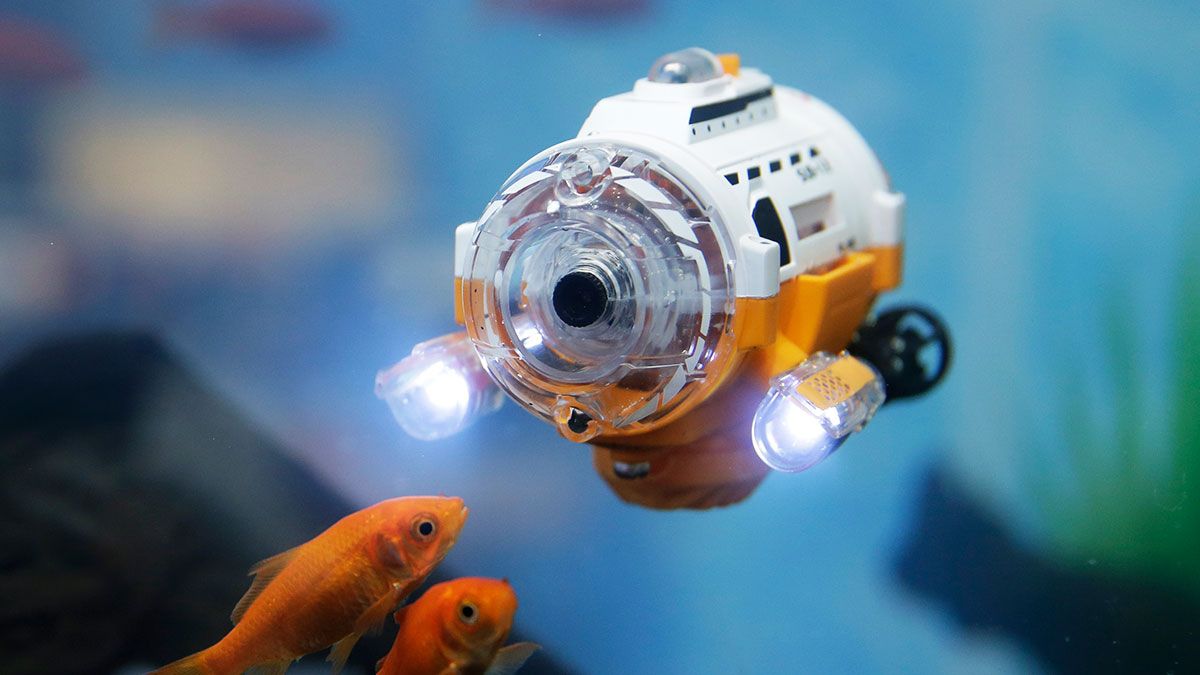Critical infrastructure, entertainment, finance, healthcare, telecoms, among recent targets of the Lazarus Group, aka Hidden Cobra.
On the eve of a historic summit with its rival neighbor South Korea and possible subsequent talks with the US President Donald Trump in the coming weeks, North Korea continues full-steam ahead in its mission to gather intelligence and generate income for the regime via its notorious nation-state hacking machine.
North Korea’s pervasive Lazarus Group, aka Hidden Cobra, was recently discovered ramping up a global cyber espionage campaign dubbed Operation GhostSecret, stealing information from organizations in the critical infrastructure, entertainment, finance, healthcare, and telecommunications sectors. Researchers from McAfee unearthed the wave of attacks, which they say first started with targeted hacks of banks in Turkey last month.









